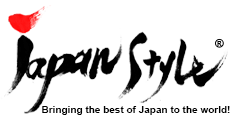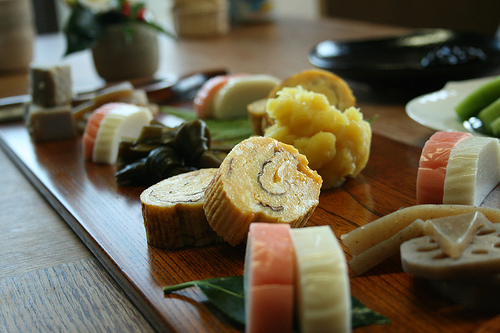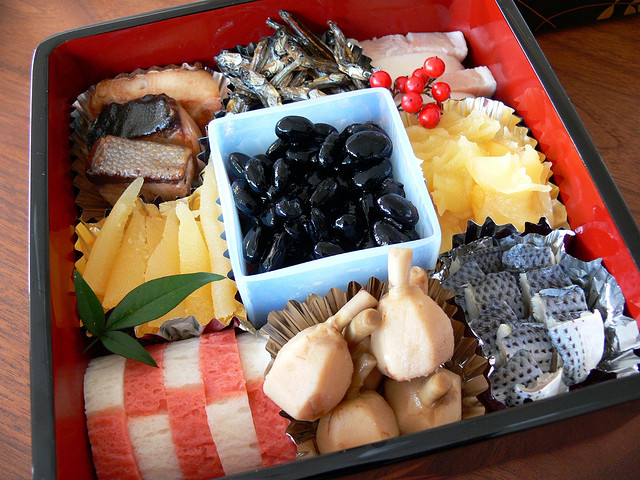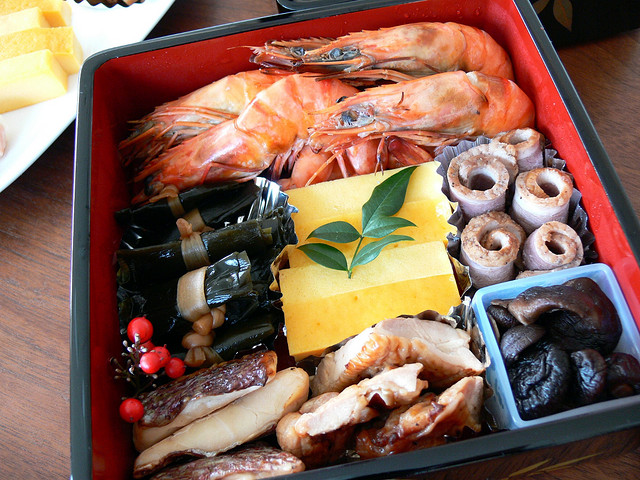About a week passed after the New Year started, and I assume working people must be back to their normal routine just like me. But some students may still be enjoying their winter holiday? Lucky you!
I previously wrote about Japanese New Year’s food, osechi, and Today, I’m going to introduce an article, which explains meaning of each osechi ingredient.
In Japan, osechi food is widely eaten during the first 3 days of January to give the god of furnace and your mum a good rest. According to the article, it seems each ingredient of osechi food does have meaning to wish some kind of luck for the New Year.
This is an image of top tier of jubako box, which is used to pack all your osechi food neatly. In this tier, majority of food tend to be light in colour and relatively sweet in taste, so children may prefer food in this tier. … Oh, dear, it reminds me of my parents used to try to tell me not to eat too much food in the top tier when I was a child… Lol
But now I see it wasn’t my fault 😛
OK, so here are meanings of each ingredient. (Please note that pictures are examples, so they may not contain all ingredients described.)
Kazunoko or herring roe (middle left): prosperity of descendants
Ikura or salmon roe (sorry, no image): blessed with healthy babies
Kohaku–kamaboko or red and white fish sausage (bottom left): warding off evil spirits, purification
Kuri-kinton or sweet chestnut purée (middle right): wealth
Kuro-mame or cooked black beans (centre): work well and live healthily
Datemaki-tamago or sweet egg roll (centre in the next picture): filled with pomp
Tatsukuri or caramelized sardine (top middle): good harvest of rice (dried sardine is used to be used as fertiliser when planting rice).
And this is an image of the second tier.
Ebi or prawn (top): live long until your back will be bent just like prawn = longevity
Kobu-maki or seaweed roll (middle left): play on words linking yorokobu (glad) and ko(n)bu (seaweed), bring forth
Tataki-gobo or seasoned burdock root (sorry, no image): good luck as burdock spread its thin root long in the ground and it opens when you hit it
Buri-no-teriyaki or teriyaki yellowtail (top left in previous image): social success as yellowtail is called by different names as they grow larger
Nishime or simmered vegetable (sorry, no photo): small yam symbolizes being blessed with babies
Kohaku–namasu or vinaigrette strips of carrot and white radish (sorry, no image): peace
For kohaku-namasu, JAPAN Style previously introduced a recipe of the dish, so please have a look for some images from the link.
It is impressive that all ingredients do have meaning~. But more importantly, being free from cooking for just 3 days requires mothers to prepare this much food in advance… I can’t imagine how tough it must have been. Well done, all mothers in Japan!! (>_<)
So, that’s all for today. How did you like today’s topic about osechi food?
If there is any special food that you eat on New Year’s Day in your country, please let me know.
Source: Walker plus
This is JAPAN Style!








![[Japan after Quake] Headline Round-up : October 1 – October 14](http://www.japanstyle.info/wp-content/uploads/2012/10/hands-300x2251-65x65.jpg)

![[Photoblog] Onda Festival of Uda City](http://www.japanstyle.info/wp-content/uploads/2012/05/20120513_photoblog_onda-festival-of-uda-city-65x65.jpg)


Recent Comments